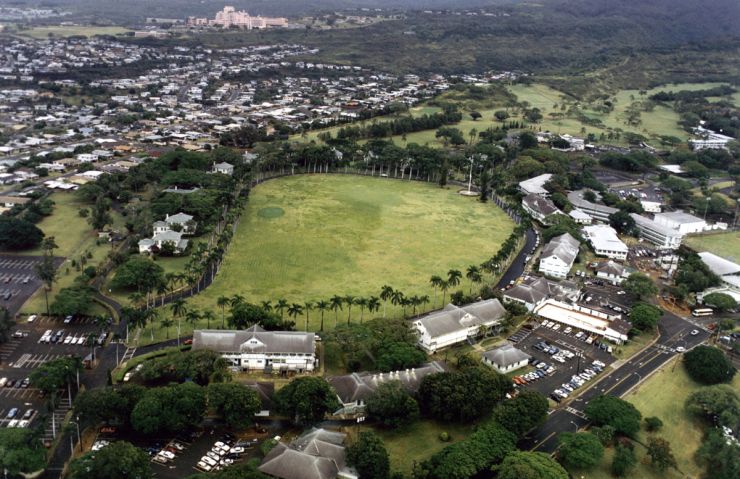
An aerial overview of Fort Shafter. (Courtesy photo)
Island Palm Communities
News Release
Lendlease's Island Palm Communities and U.S. Army Garrison Hawaii are sharing the exciting news that they have been honored with the Project Award at Historic Hawai'i Foundation's 2020 Preservation Honor Awards Ceremony.
Lendlease, U.S. Army Garrison Hawaii, and Fung Associates received the prestigious recognition for the rehabilitation of Palm Circle, quarters Six & Seven in the National Register District at Fort Shafter—the first permanent Army base in the Hawaiian Islands, established in 1907.
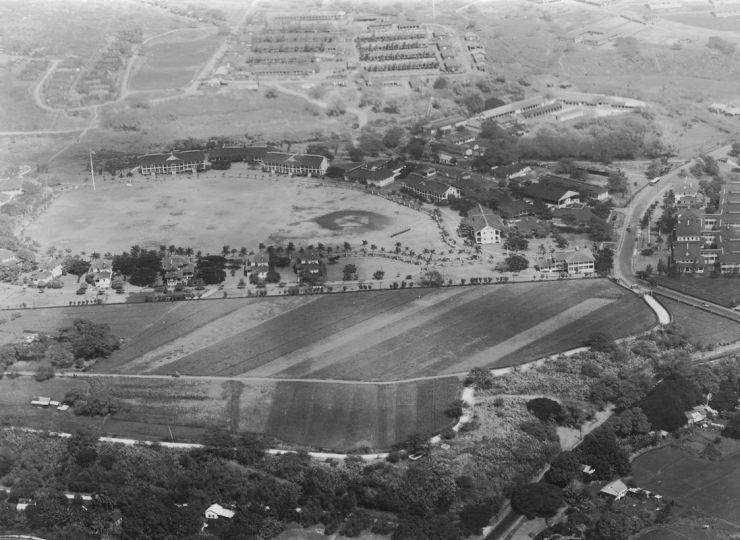
A historical aerial of Fort Shafter. (Courtesy photo)
Fort Shafter dates back to 1902 when the U.S. Army began planning the first permanent post in the then Territory of Hawaii. Constructed to be a "Showcase Installation," in Honolulu, Fort Shafter was designed to be one of the most beautiful bases in all the Army's inventory, with Palm Circle as a "model of exceptional town planning."

Quarters Six in 1914. (Courtesy photo)
The Palm Circle area was designated as a National Historic Landmark in the 1980s — one of the highest honors in the United States as the Secretary of the Interior promulgates such sites that are monumental to the interpretation of U.S. history. Palm Circle, which frames the large parade field next door, received its name from the majestic Royal Palm trees brought from Cuba as a symbol of the Army's victory in the Spanish-American War.
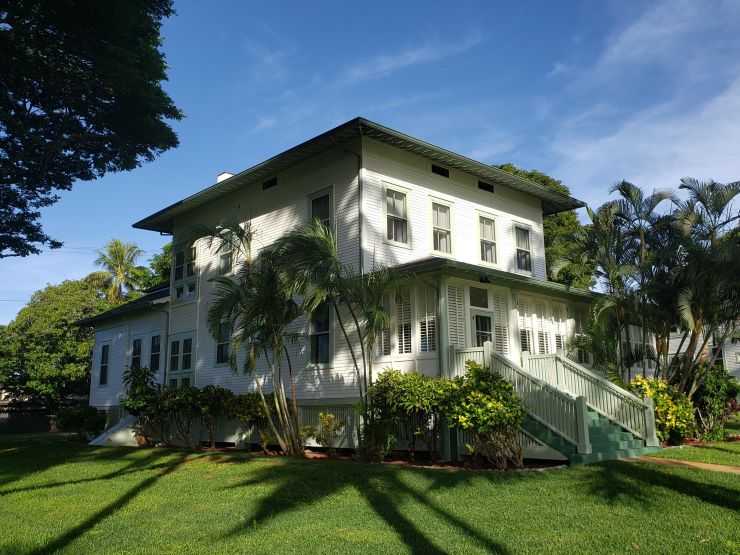
The front facade of the quarters. (Courtesy photo)
Quarters six and seven are original homes to Palm Circle and have housed Army officers since 1907. Quarters six is also noted for being the home of one of America's most prominent Generals and heroes, George S. Patton. The home was renovated to interpret its Period of Significance.
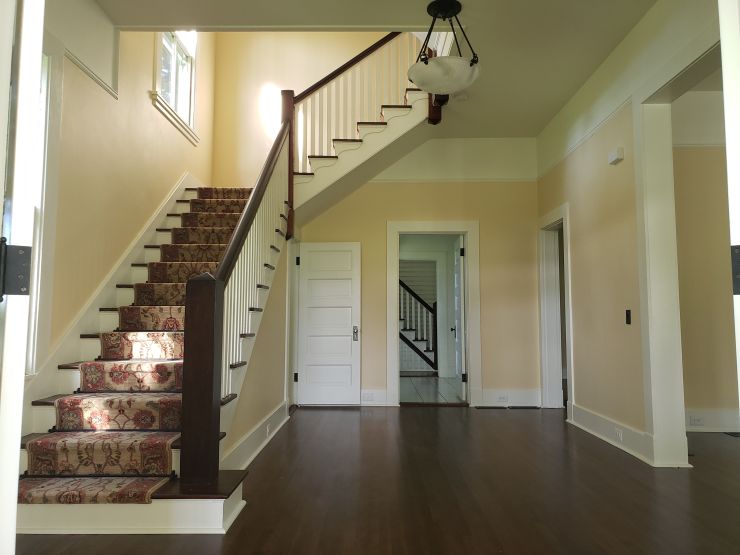
The entry hall from the front entrance. (Courtesy photo)
Get more details about the award at Historic Hawaii Foundation: https://historichawaii.org/2020/06/12/u-s-army-garrison-hawaii-rehabilitates-two-historic-residences-on-palm-circle-at-fort-shafter/.
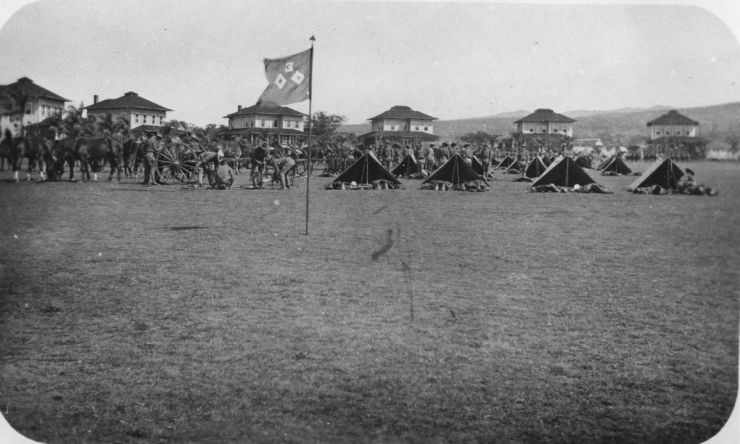
Palm Circle in the early 1900s. (Courtesy photo)




